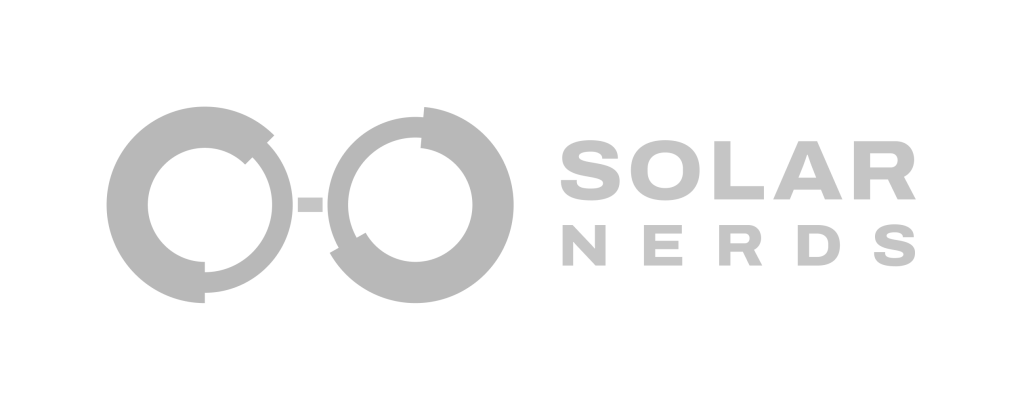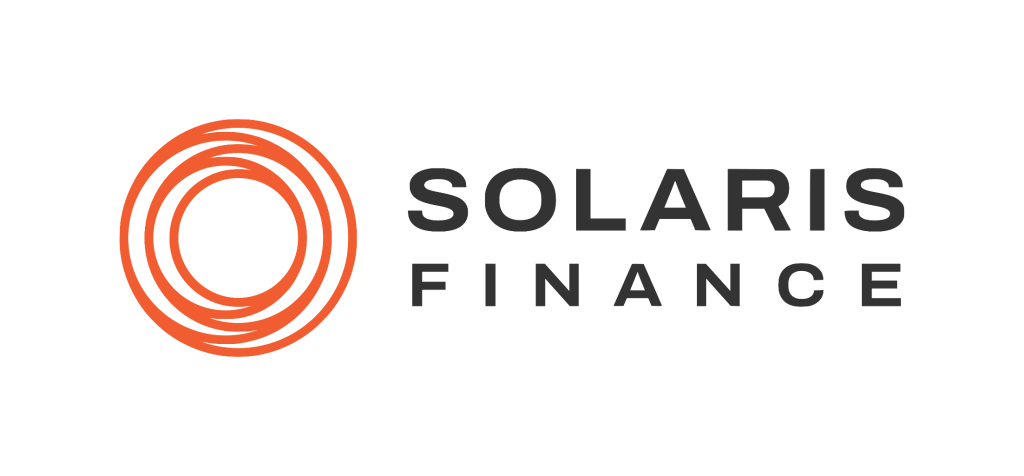Table of Contents
Introduction
You’ve done your research, contacted multiple solar companies, and now you’re staring at a stack of proposals that look suspiciously similar. If you’re wondering why all these supposedly different companies are presenting nearly identical proposals, you’re not alone.
What many homeowners don’t realise is that most solar installers rely on the same handful of quoting software platforms to generate their proposals. This creates a situation where proposals from competing businesses can look almost identical, making it difficult to tell them apart at first glance.
However, the quoting software an installer chooses can actually reveal valuable insights about their business model, priorities, and potentially even their quality. This article pulls back the curtain on the solar industry’s standard practices and shows you how to identify which software generated your proposal and what that might tell you about the company you’re considering.
The Solar Proposal Software Landscape
In Australia’s competitive solar market, installers need efficient ways to create professional proposal quickly. Most turn to specialised software that handles system design, energy production estimates, financial calculations, and proposal generation.
The two dominant players in the Australian market are OpenSolar and Pylon. Together, these platforms are responsible for the majority of solar proposals Australian consumers receive. Other companies may use less common software or develop proprietary systems, but if you’re comparing multiple proposals, chances are high you’re looking at output from one of these two platforms.
Why does this matter? Because an installer’s choice of software reflects aspects of their business model and operational approach. While the software alone doesn’t determine quality, it can provide additional context when evaluating which company to trust with your solar investment.
Online version clue: If your installer directs you to review or e‑sign an online proposal hosted on an OpenSolar sub‑domain (e.g. “app.opensolar.com” or “app.pylon.com”) you can be 100 % sure the proposal was created in that platform. The majority of this article focuses on PDF proposals.
Spotting OpenSolar Proposals (With Visual Examples)
OpenSolar proposal typically have several distinctive visual elements that make them easy to identify once you know what to look for.
After all of the header pages, there will usually be a four part section that has key numbers for your system. The numbers in these sections are customisable, but the section itself is very distinctive.

After your scroll down a bit, you will see a chart similar to the below. The colours may be different (to match the installer’s branding).

The below explanation of how your system works will almost certainly look like this if it is an OpenSolar proposal.

When you see these elements in your proposal, you’re almost certainly looking at a proposal generated through OpenSolar.
The OpenSolar Business Model Explained
What makes OpenSolar interesting is its business model. Unlike most software in this space, OpenSolar provides its platform to solar installers completely free of charge. This naturally raises the question: how do they make money?
OpenSolar operates on a partner-based revenue model. Instead of charging installers directly, they generate revenue through partnerships with finance companies, equipment manufacturers, and other solar industry players who advertise on the platform. These partners pay to have their products featured prominently within the software that installers use daily.
For example, when an installer is creating a proposal in OpenSolar, they’ll see preferred financing options and equipment recommendations from OpenSolar’s paying partners. This creates a situation where OpenSolar is essentially an advertising platform targeting solar professionals, with the free quoting software as the attraction.
What This Means For You As A Consumer
The fact that your installer uses OpenSolar isn’t necessarily a red flag on its own. Many reputable, established solar companies use this platform because it’s feature-rich and cost-effective. Some of Australia’s largest solar retailers with excellent track records use OpenSolar for their proposals.
However, the free nature of the platform does mean it attracts a disproportionate number of new or budget-focused installers looking to minimise overhead costs. If you already have concerns about an installer’s credibility or quality, seeing an OpenSolar proposal might be one more data point to consider.
Important note: The use of OpenSolar alone is not a reliable indicator of an installer’s quality. It should be considered alongside other factors like reviews, years in business, certifications, warranties, and the overall professionalism of their communication and site assessment.
Identifying Pylon Proposals (With Visual Examples)
Pylon proposals have their own distinctive visual style that differs from OpenSolar in several key ways.
All the graphs all follow the same standard look and feel. When your proposals matches these visual characteristics, you’re looking at a proposal created with Pylon.

The colours may be slightly different, to match the installers branding, but they will look something like the below.

And obviously at the bottom of the page, if it says powered by Pylon, that’s a dead giveaway.
The Pylon Business Model
Unlike OpenSolar, Pylon operates on a per-proposal payment structure. Solar installers purchase credits within the system, typically paying around $4-10 per generated proposal. Installers might buy these credits in bulk, spending perhaps $500 for the ability to produce 50 proposals at $10 each.
This pay-per-proposal model creates a different set of incentives compared to OpenSolar. Since each proposal costs the installer real money, companies using Pylon are often more selective about which potential customers receive detailed proposals. This can (but doesn’t always) indicate a more established business that has budgeted specifically for quality sales materials.
What This Means For You As A Consumer
When you receive a Pylon-generated proposal, it typically suggests the installer has made a deliberate investment in their sales process. Since each proposal costs them money, they may be more likely to qualify leads before spending resources on proposal generation.
This doesn’t automatically mean a Pylon user is superior to an OpenSolar user. Pylon is still one of the cheaper softwares on the market, but it does reflect a different business approach. Companies using Pylon have committed specific funds to their quoting process, which can be one indicator of business stability.
When Two Proposals Show Different Savings Figures
It’s one thing to recognise which software generated your proposal it’s another to understand why two proposals built in that same software can produce wildly different dollar‑savings claims. The calculations underneath are only as good as the numbers an individual installer feeds into the engine.
Why the numbers diverge?
- Tariff assumptions: One installer might model your bill using an outdated flat‑rate tariff while another inputs a time‑of‑use structure or future rate hike.
- Consumption profile: Different load shapes (day‑heavy vs evening‑heavy) can swing year‑one savings by thousands of dollars.
- Panel degradation & system losses: Tweaking these defaults from 0.5 % to 1 % per year or from 10% to 15% losses will meaningfully change lifetime projections.
- Escalation rates: Some proposals bake in 3‑5 % annual electricity‑price inflation while others assume prices stay flat instantly inflating headline “25‑year savings.”
Red flags to watch for
- Too‑good‑to‑be‑true payback: Sub‑4‑year payback periods on an average home often point to overly rosy input assumptions.
- Big swing between two OpenSolar or two Pylon proposals: Same house, same data set yet a $10k vs $16k first‑year savings claim means somebody is gaming the model.
- Missing assumption sheet: Reputable installers will share the tariff, usage and degradation inputs on request. If they won’t, treat the proposal cautiously.
Remember, quoting software is a modelling tool, not a crystal ball. If two installers using the same platform can’t agree on basic savings math, that gap itself is a valuable clue about who is giving you the more transparent and therefore trustworthy assessment.
Custom and Proprietary Quoting Systems
Some solar installers, particularly larger companies with substantial resources, develop custom quoting tools or heavily modify existing platforms to create distinctive proposals. When you receive a proposal that looks nothing like the standardised formats of OpenSolar or Pylon, it typically indicates one of two things:
- You’re dealing with a larger company that has invested in custom software development
- You’re working with a boutique installer who has taken the time to create a more personalised approach
Custom quoting systems often indicate a long-term business outlook, as these systems require significant investment that only pays off over time. They may also suggest a company that wants to differentiate itself from competitors by presenting information in a unique way.
While other quoting software platforms exist in the Australian market, they have much smaller market share compared to the dominant OpenSolar and Pylon offerings.
How to Use This Information
Now that you can identify which software generated your solar proposals, how should you use this information? Here are some practical applications:
- Context for comparison: When comparing similar proposals from different installers using the same software, focus on the differences in equipment, pricing, and warranty terms rather than presentation.
- Questions to ask: If you notice an installer using OpenSolar, you might ask additional questions about their business longevity and service guarantees, especially if they’re a newer company.
- Red flags vs. data points: Remember that software choice alone isn’t a dealbreaker, but combined with other concerns (poor communication, unusually low prices, vague warranties), it provides context for your overall impression.
- Looking beyond the template: The most important aspects of your proposal aren’t the design elements but the specifics of what’s being offered system size, equipment quality, warranties, production estimates, and price.
- Verifying customisation: If a proposal seems uniquely tailored to your situation with personalised notes and recommendations (regardless of which software created it), that often indicates a more thorough assessment.
Conclusion
The next time you’re comparing solar proposals, take a moment to identify which software platform generated each proposal. While this alone shouldn’t determine your choice of installer, it provides valuable context about how different solar companies operate.
Look beyond the template to evaluate the actual offer being presented. The best solar installers will provide transparent, clear, and competitive proposals regardless of which software platform they use. The content of the proposal the system design, equipment selection, warranties, and pricing ultimately matters far more than its packaging.
By understanding these behind-the-scenes aspects of the solar industry, you’re better equipped to make an informed decision about your solar investment. And remember trust your instincts. If something feels off about an installer, the software they use might provide additional context for those concerns, but it’s your overall impression that should guide your final decision.




